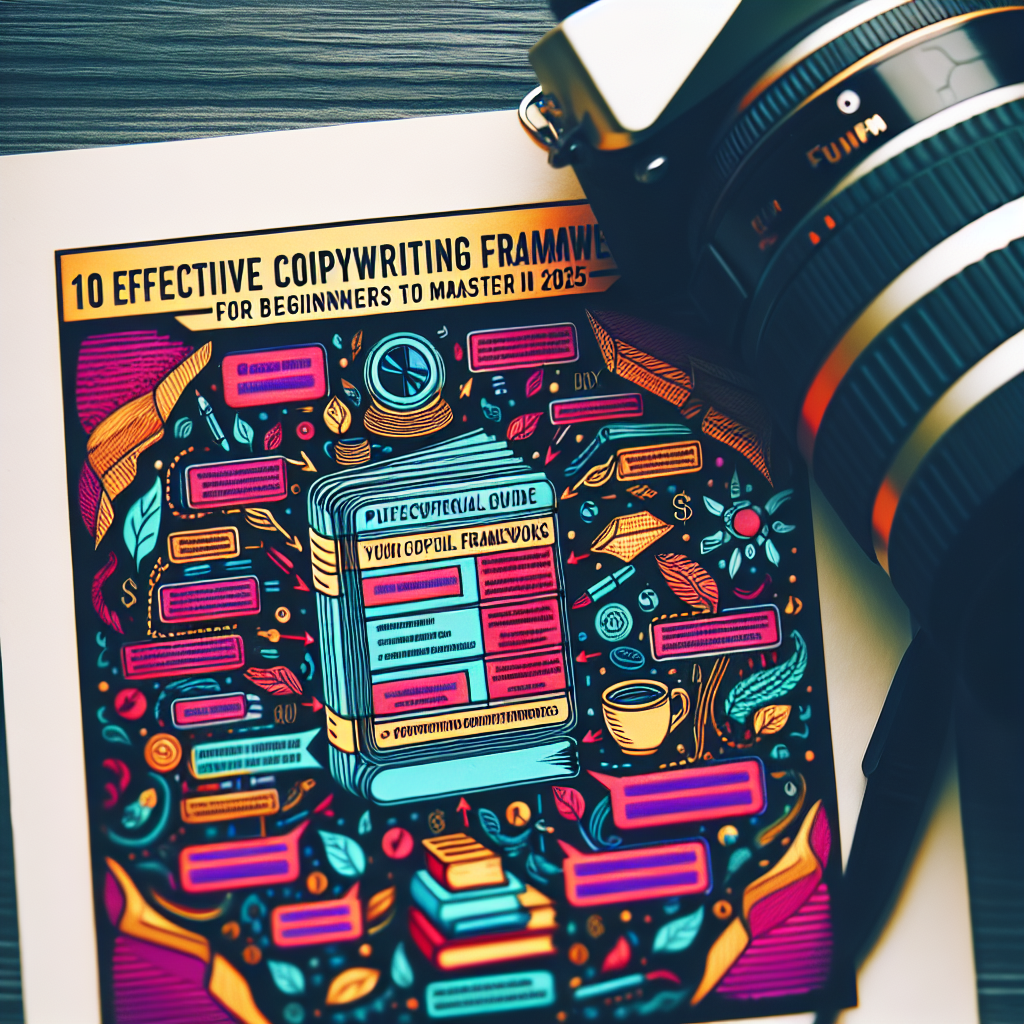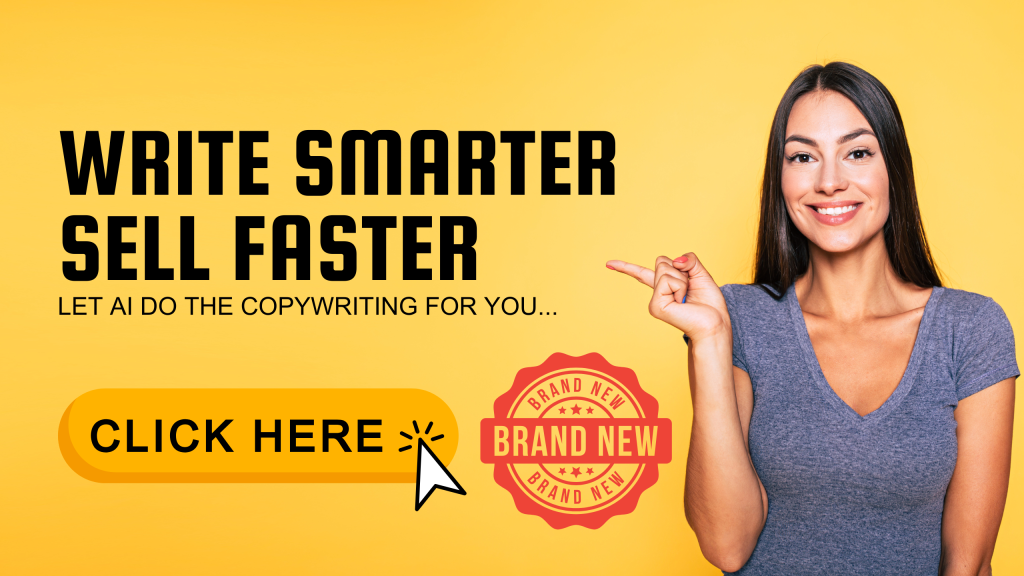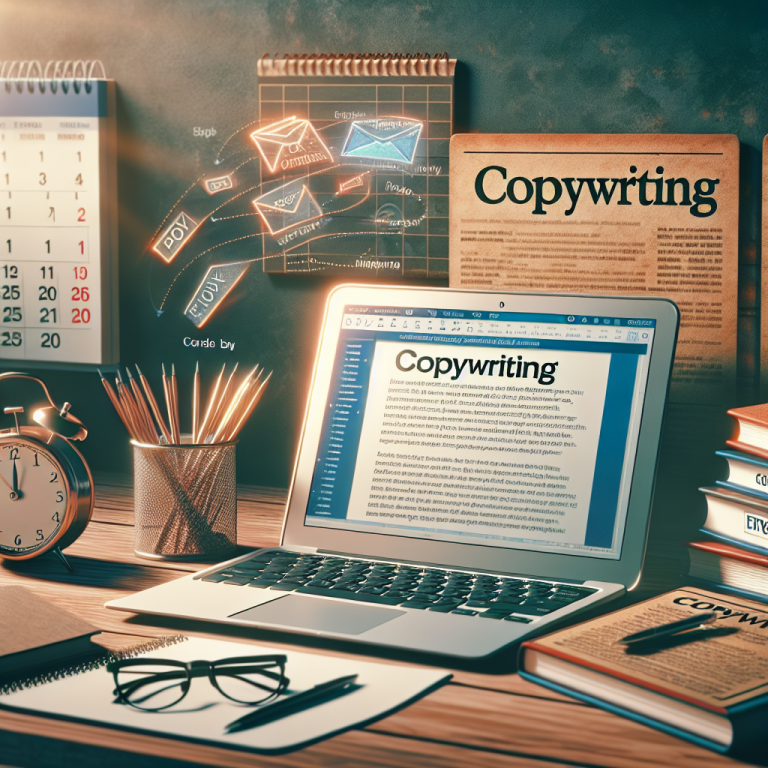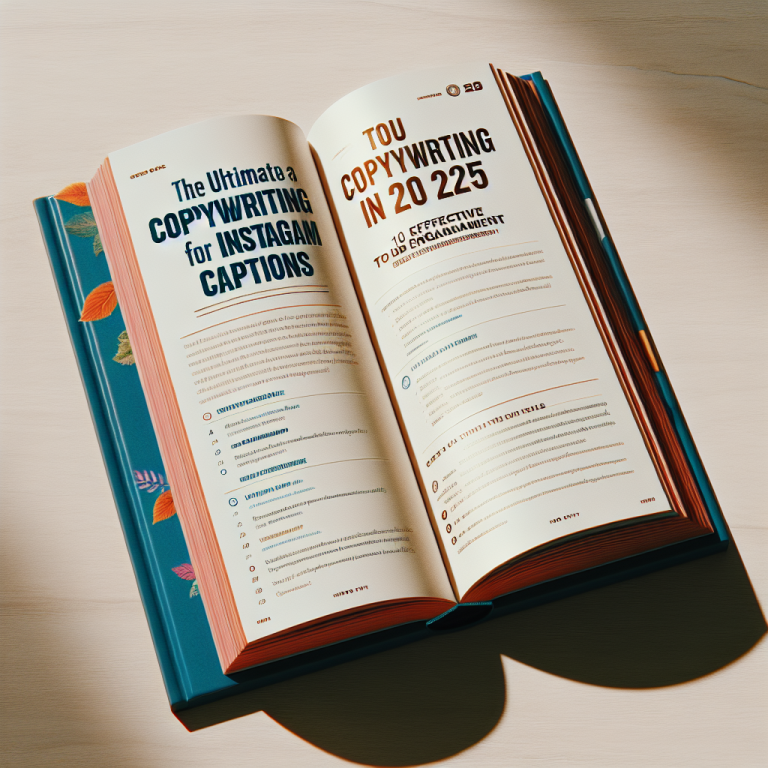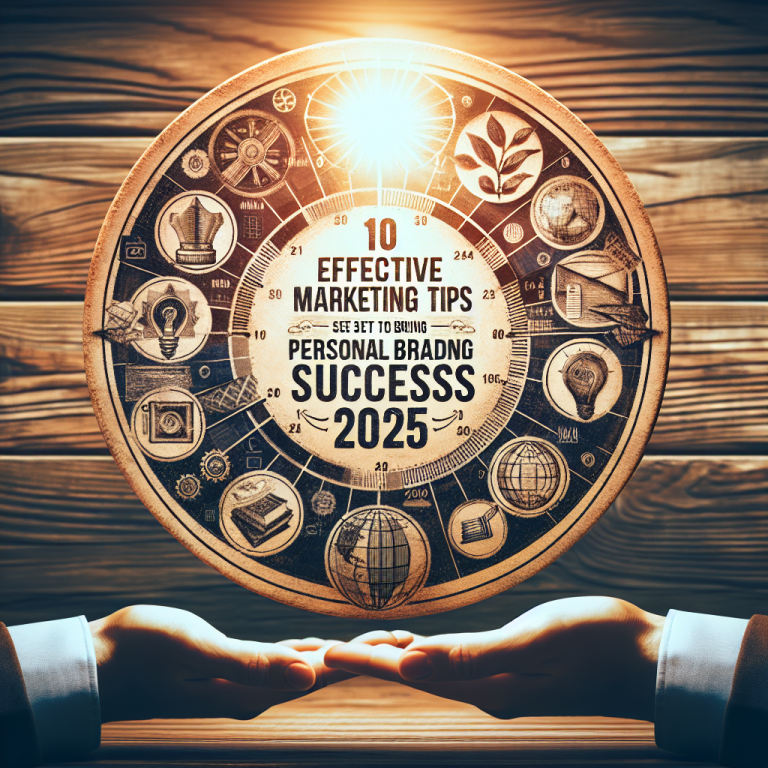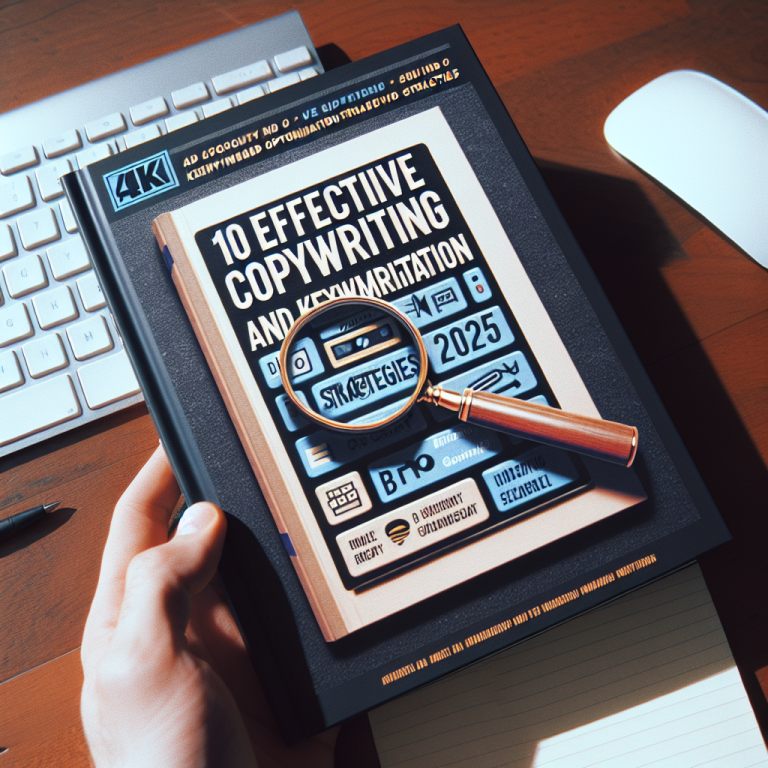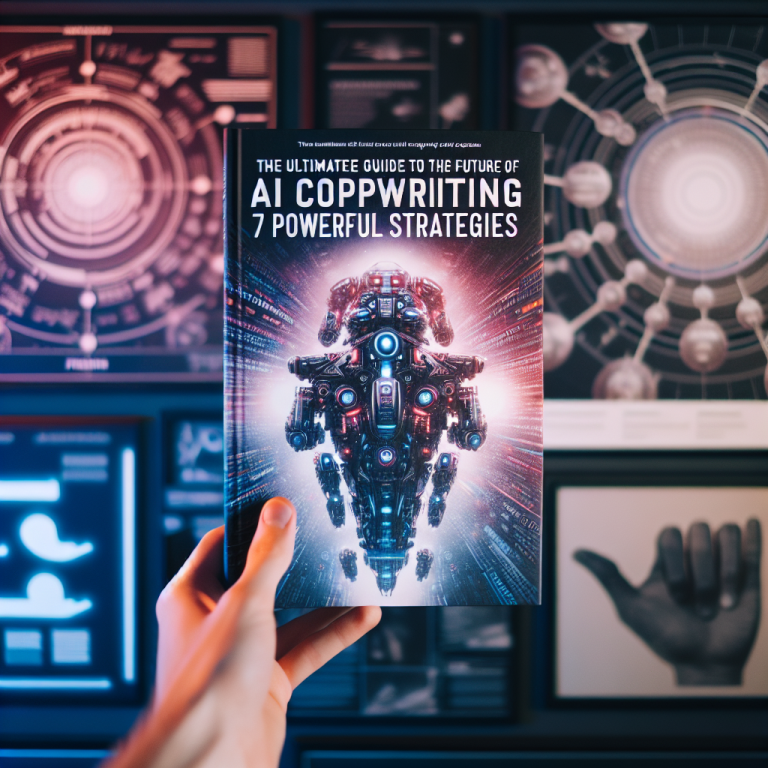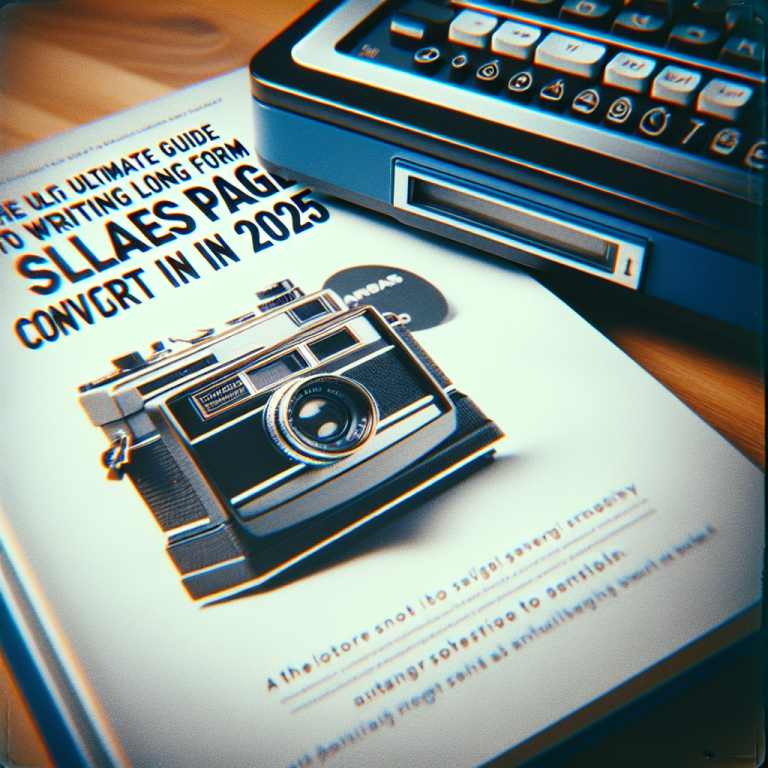10 Effective copywriting frameworks for beginners to master in 2025
- 1. AIDA (Attention, Interest, Desire, Action)
- 2. PAS (Problem-Agitate-Solution)
- 3. 4P Formula (Promise, Picture, Proof, Push)
- 4. Features-Advantages-Benefits (FAB)
- 5. Before-After-Bridge (BAB)
- 6. Storytelling Framework
- 7. Waymark Framework
- 8. 4C Formula (Clear, Concise, Credible, Compelling)
- 9. Interest-Interest-Interest
- 10. SLAP Formula (Stop, Look, Act, Purchase)
1. AIDA (Attention, Interest, Desire, Action)
Understanding the AIDA Framework
The AIDA model is a timeless copywriting framework for beginners that focuses on guiding readers through a logical progressionâfrom capturing their attention to prompting action. In 2025, with information overload being the norm, mastering AIDA is essential for making your message stand out. This framework helps structure persuasive copy that resonates with audiences.
For example, a headline that grabs attention might be followed by an engaging story that piques interest. Then, highlighting the benefits builds desire, culminating in a compelling call-to-action (CTA). Whether you’re writing sales pages, email campaigns, or social media ads, AIDA serves as a reliable blueprint.
Practical Tips for Beginners
Start with eye-catching headlines that target your audienceâs pain points or desires. Use storytelling to build interest, then seamlessly introduce your product or service as the solution. Finish with a clear, compelling CTA that tells your readers exactly what to do next. Remember, simplicity and clarity are key for 2025 audiences.
2. PAS (Problem-Agitate-Solution)
The Power of Highlighting Pain Points
The PAS framework is an excellent choice for beginners because it directly addresses your audienceâs problems. By emphasizing the problem and then agitating itâmaking it feel urgentâyou create a sense of necessity around your solution. This approach works well on social media, landing pages, and email sequences in 2025’s competitive marketplace.
For instance, if you’re selling a productivity tool, you might start by describing common frustrations with time management, then intensify those feelings by discussing missed opportunities. Finally, present your product as the ultimate fix.
Effective Application Strategies
Always ensure you deeply understand your target audience’s pain points. Use emotional language that resonates, and back up your claims with social proof or data. The goal is to make readers feel that your solution is the most logical and necessary choice for their situation.
3. 4P Formula (Promise, Picture, Proof, Push)
Breaking Down the 4Ps
The 4P Formula is highly effective for beginners aiming to craft persuasive copy with a clear structure. It begins with a promise that addresses the main benefit or transformationâthe reason someone should care. Next, you paint a vivid picture of what life could look like after using your product. Then, you provide proofâtestimonials, case studies, or dataâadding credibility. Finally, you push the reader to act.
This framework aligns perfectly with how consumers process information in 2025, offering a compelling narrative that builds trust and urgency.
Tips to Master the 4P Framework
Write a strong, attention-grabbing promise. Use sensory language to craft an engaging picture. Collect authentic proof to bolster your claims. Finally, create a sense of urgency to motivate immediate action. Practice makes perfect, so test variations to optimize results.
4. Features-Advantages-Benefits (FAB)
Why FAB Is Essential for Beginners
The FAB framework helps beginners communicate the value of their offerings clearly. Features describe what the product is; advantages explain how those features outperform competitors; benefits show how it improves the customer’s life. In 2025, understanding this hierarchy is crucial for creating compelling, customer-focused copy.
For example, a feature might be “built-in AI chat support,” an advantage is “faster customer response times,” and a benefit is “reducing your workload and increasing satisfaction.”
Implementing FAB in Your Copy
Start by listing your productâs features. Then, translate each feature into an advantage and a benefit. Remember, customers buy benefitsâmake sure your copy emphasizes how your product addresses their needs and desires. Over time, refine your messaging to resonate emotionally with your audience.
5. Before-After-Bridge (BAB)
Creating Transformation Through Copy
The BAB framework is brilliant for illustrating transformation. It asks you to describe the readerâs current situation (âBeforeâ), then paint a picture of the ideal scenario (âAfterâ). The bridge explains how your product or service makes this transformation possible. For beginners, this storytelling approach helps craft relatable, aspirational copy in 2025 markets.
Effective Use of BAB
Connect emotionally by emphasizing the pain of the âBeforeâ state and the joy of the âAfter.â Use vivid language to make this transition feel real. Your goal is to inspire action by showing the reader that their life can improve with your offering.
6. Storytelling Framework
The Impact of Narrative in Copywriting
Storytelling hooks readers and fosters emotional connectionâcrucial in a content-saturated world. For beginners, integrating storytelling into copy can increase engagement by up to 60%, according to recent studies. In 2025, stories that demonstrate real-world successes and relatable characters perform best.
structuring Your Story
Use familiar story structures like the heroâs journey or problem-solution narratives. Incorporate your brand or product as the hero that helps overcome challenges. Keep your language conversational and authentic, emphasizing relatability.
7. Waymark Framework
The Purpose of Waymark
The Waymark framework helps target specific audience segments by guiding you in crafting tailored messages. It involves pinpointing your niche, defining the pain points, and framing your message accordingly. This targeted approach is especially effective for beginners seeking clarity in 2025âs diverse markets.
Implementing Waymark
Identify your ideal customer profile and their primary challenges. Craft messages that directly address their specific needs. Use data and customer feedback to refine your messaging over time, ensuring relevance and impact.
8. 4C Formula (Clear, Concise, Credible, Compelling)
Fundamentals of 4C
The 4C framework emphasizes clarity, brevity, credibility, and emotional appeal. For beginners, mastering these elements ensures your copy doesnât get lost in the noise of 2025âs digital landscape. Clear language helps your message resonate quickly, while credibility builds trust.
Applying 4C in Practice
Write with simplicity; avoid jargon. Use short sentences and bullet points. Incorporate testimonials or data to boost credibility. Create compelling headlines and CTAs that inspire actionâevery word counts in a crowded space.
9. Interest-Interest-Interest
Building Momentum Through Repetition
This unique framework emphasizes repeatedly generating interest to deepen engagement before asking for a commitment. It recognizes that in 2025’s fast-paced environment, multiple touchpoints increase the chance of conversion. Itâs especially useful in email sequences or social media campaigns.
Strategies for Maintaining Interest
Use varied content formatsâstories, facts, offersâto keep your audience hooked. Reinforce your message through email drip campaigns that progressively build excitement. Authenticity and consistency are vital for maintaining interest over time.
10. SLAP Formula (Stop, Look, Act, Purchase)
Capturing Attention Quickly
The SLAP formula is designed for quick wins in advertising. It advises marketers to first stop the target audience with an eye-catching element, then make them look closer, act on the message, and finally, purchase. For beginners, this is perfect for short, impactful ads in 2025’s fast-scrolling feeds.
Tips for Effective SLAP Copy
Use bold visuals or provocative headlines to stop users. Create curiosity to encourage further engagement. Ensure the next steps are clear and simple, making it effortless for the audience to act.
Conclusion
Understanding and mastering copywriting frameworks for beginners is essential for creating persuasive, impactful content in 2025. These 10 frameworks provide a solid foundation that helps guide your writing processâwhether you’re crafting sales pages, emails, or social media content. By applying these proven structures, you can improve your conversions and build stronger connections with your audience. The key is to practice consistently, analyze results, and refine your approach to suit your unique voice and goals. Remember, the right framework can turn your ideas into compelling stories that drive action in 2025 and beyond.
FAQ
1. What are the best copywriting frameworks for beginners in 2025?
The most effective copywriting frameworks for beginners include AIDA, PAS, and the 4P Formula. These structures are easy to learn and apply, providing clarity and impact for your content.
2. How can I improve my copywriting skills using these frameworks?
Practice writing with each framework regularly, analyze successful campaigns, and gather feedback. Studying examples and revising your work based on performance data will help you improve over time.
3. Is it necessary to memorize all these frameworks?
No, but familiarizing yourself with several frameworks allows you to choose the best one for each project. With experience, you’ll instinctively know which framework fits your message best.
4. How do these copywriting frameworks for beginners adapt to future trends?
These frameworks remain relevant because they focus on fundamental principles of persuasion, storytelling, and audience engagement, all of which are enduring in the dynamic landscape of 2025 marketing.

